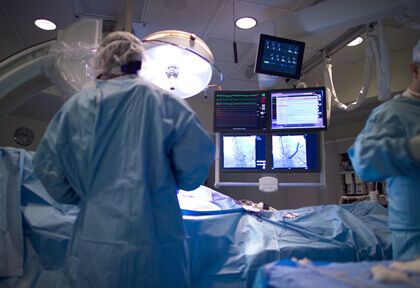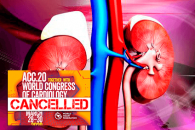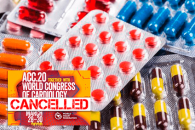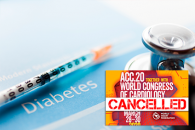Advancements in therapies to reduce the impact of stroke in asymptomatic carotid artery stenosis have been hard to come by over the last decade. Several points of disagreement among published randomized trials prevented their information from being integrated into daily clinical practice. However, over the past 5 years, there has been some alignment, allowing for this…
The Whole Toolkit Tested in Carotid Artery Stenting
This study sought to randomly compare the double-layer Roadsaver stent (Terumo) with the single-layer Carotid Wallstent device (Boston) in association with either distal filter-like embolic protection device FilterWire (Boston) or proximal protection device Mo.Ma (Medtronic) in patients with lipid-rich carotid plaques. This is a very interesting work because there are no head-to-head simultaneous comparisons between…
Prolonged Exposure to Pollution Increases the Risk for Cardiovascular Disease
In the midst of the COVID-19 pandemic, it is hard to think of anything else that might be affecting worldwide health, particularly in China. As a topic, pollution (especially by fine particulate matter, PM2.5) has been relegated these days. At the same time, however, the preventive closing of many factories in China due to the…
ECS Guidelines for COVID-19 Management
One of the first statements in this document points out these are not “regular guidelines” developed after thorough analysis of all the available evidence published since the last update. Instead, they are meant to provide temporary basic management pointers on how to handle different scenarios of cardiac patients in the context of the COVID-19 pandemic.…
Cardiology in Times of Coronavirus: The Perfect Storm
Since January 2020, the COVID-19 infection has spread from China to the rest of the world. The clinical picture has several points in common with influenza, being mild or asymptomatic in most cases. However, around 15% of cases shows complications with interstitial pneumonia that can lead to respiratory failure. Given the lack of vaccine or…
Virtual ACC 2020 | Renal Denervation Arises with New Evidence
In patients with uncontrolled hypertension who do not comply with treatment, renal denervation can generate benefit by reducing both ambulatory and office blood pressure, compared with patients who underwent a sham procedure. This new information emerges from the SPYRAL HTN-OFF MED trial, presented virtually at the American College of Cardiology (ACC) 2020 Scientific Session and…
Virtual ACC 2020 | VOYAGER PAD: Rivaroxaban Superior to Aspirin in Preventing Events
In patients with peripheral artery disease undergoing revascularization, the combination of rivaroxaban (Xarelto) and low doses of aspirin are superior to aspirin alone in the prevention of acute low limb ischemic events, amputation, cardiovascular events and strokes. The outcomes of VOYAGER PAD add to the COMPASS outcomes, showing the combination of therapies can benefit risk…
Virtual ACC 2020 | COMPASS Sub-Analysis: Diabetes Increases the Benefit of Rivaroxaban Combined with AAS
In patients with stable coronary or peripheral artery disease, diabetes increases the benefit of combining low doses of rivaroxaban and aspirin vs. aspirin alone. This analysis was pre-specified in the COMPASS protocol and was presented virtually for the ACC 2020 and simultaneously published in Circulation. Patients with diabetes, showed numerically greater reduction in terms of…
Is There a Relationship between ARBs, ACE 2 Inhibitors and COVID-19?
In the past few days, many doctors appear to have caught wind of somewhat unfounded data. According to this information, the novel COVID-19 would use angiotensin converting enzyme 2 (ACE2) receptors to enter cells and, in this context, patients with an upregulated expression of these receptors (such as patients receiving angiotensin converting enzyme (ACE) inhibitors…
Cath Lab Management Protocol for the COVID-19 Outbreak
The Interventional Cardiology Association and the Cardiac Beat Association from the Spanish Society of Cardiology have released a document stating all the available information on the COVID-19 outbreak for interventionists to tackle this health crisis to the best of their ability. ” Abstract “During March 2020, the SARS-CoV-2 virus has spread throughout Europe, with special…
Drug-Coated Balloons in Infrapopliteal Disease: Much Ado About Nothing
The revascularization of tibial arteries in patients with critical lower limb ischemia using drug-coated balloons vs. conventional angioplasty resulted in comparable long-term outcomes in terms of both safety and efficacy. Paclitaxel exposure was not related to a higher risk of amputation or all-cause mortality at 5 years (which is the good news for much questioned drug-coated…








